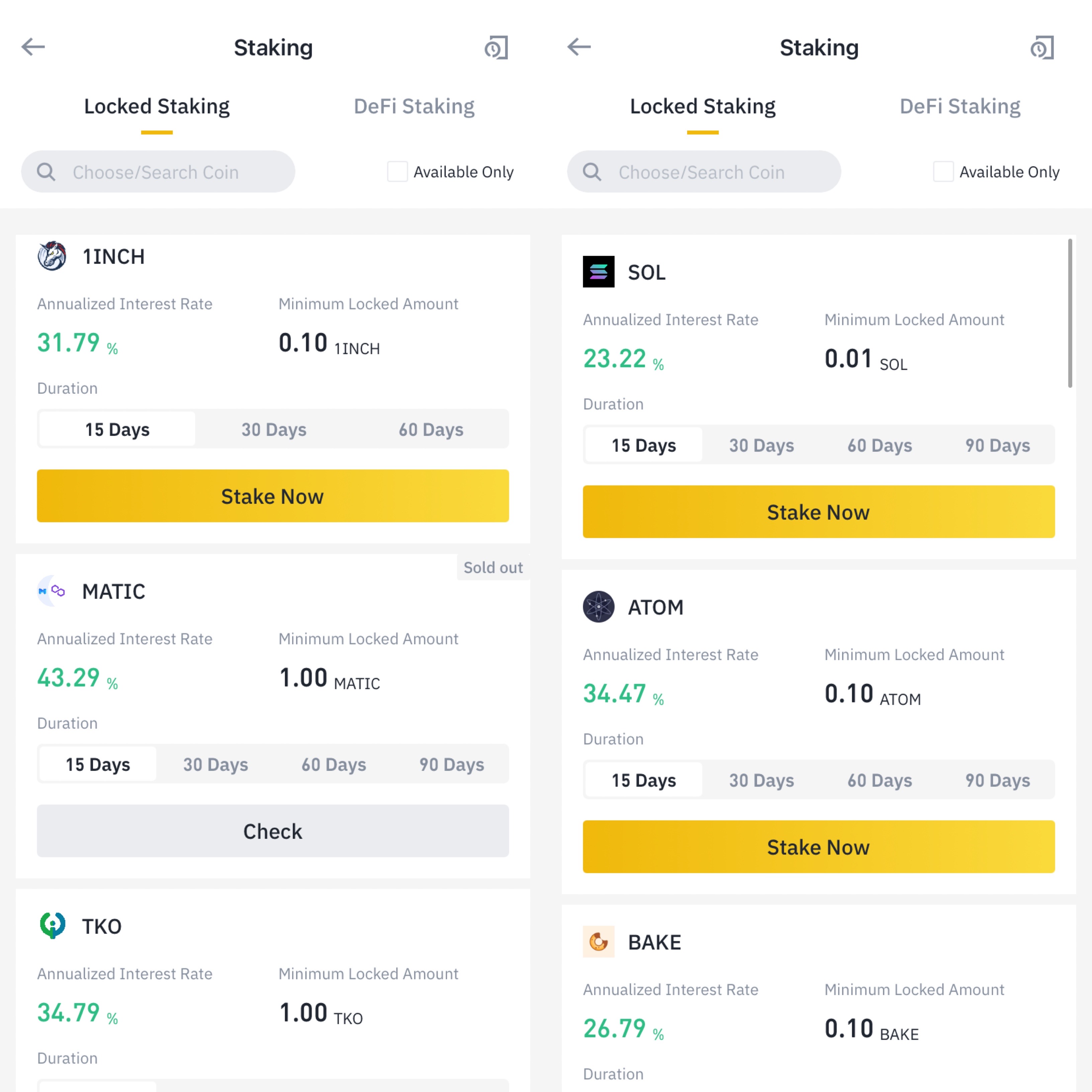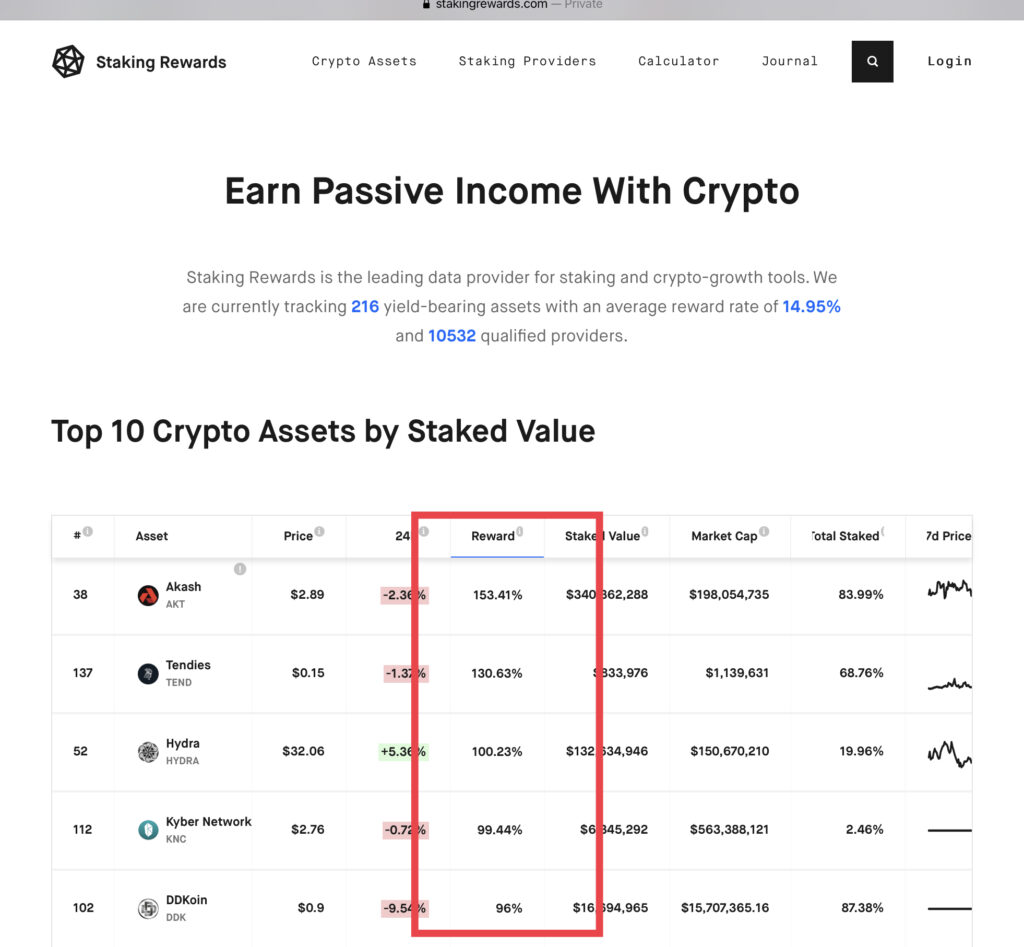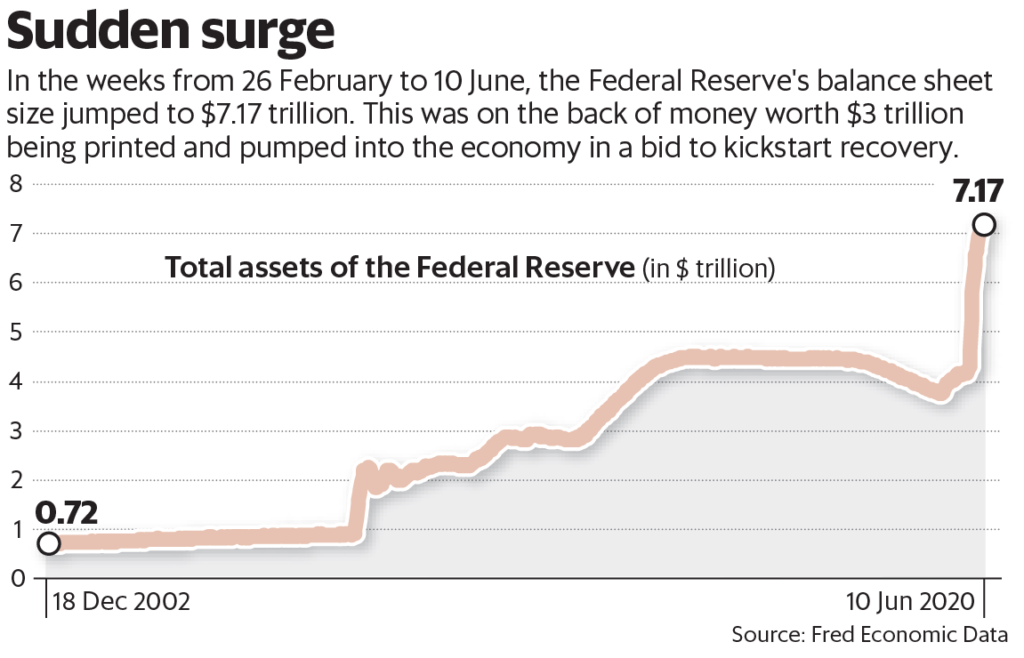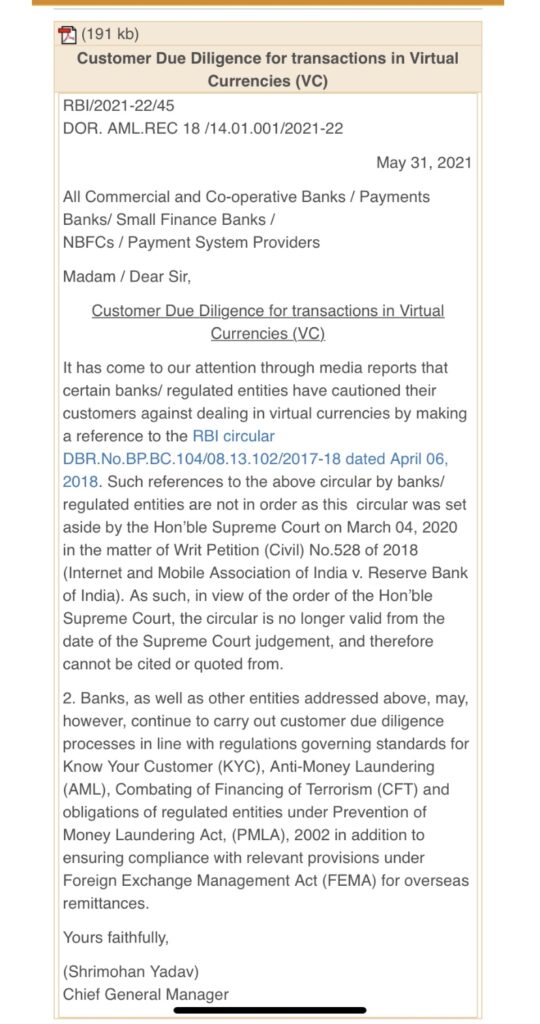The Financial Times explored the rise in crypto ransoming and crypto money laundering – how ransoms paid in cryptocurrency are converted by criminals into hard cash.
Earlier, says the FT, it used to be possible to simply ‘cash out’, that is, sell cryptocurrency for some local currency. For example a criminal in India who was paid in Bitcoin could use – years ago – an exchange to sell Bitcoin for Indian Rupees, then have those Rupees sent to their Indian bank account:
between 2011 and 2019, major exchanges helped cash out between 60 per cent to 80 per cent of bitcoin transactions from known bad actors.
But now every major exchange in India and across the world require that customers prove their identity (ie a “KYC”) before they’re allowed to withdraw money.
It’s easier than ever now to identify suspicious behaviour: deposits of crypto followed by a sale into local currency followed by a cash-out. And to tie them to identifiable individuals.
What can criminals do? Well,
- ~ They can use exchanges that don’t require KYC. But “such exchanges tend to have lower liquidity, making it harder for criminals to transfer crypto into fiat currencies.”
- ~ They can use “over-the-counter brokers”, also described in the article as “treasure men”, who will “bury it underground or hide it behind a bush, and they’ll tell you the coordinates. There’s a whole profession.”
- ~ They can use similar middlemen who can exchange crypto for “gift vouchers, prepaid debit cards or iTunes vouchers”. These middlemen can be found on the ‘dark web’ Tor network
The article also explores how authorities can trace crypto ransoms even if they can’t identify the person holding it. But criminals can combat that too:
- ~ They can “chain-hop” between different cryptocurrencies
- ~ They can use privacy-centric cryptocurrencies that are inherently hard to trace
- ~ More interestingly, they can ‘tumble’ cryptocurrency, “mix up illicit funds with clean crypto before redistributing them” using services set up to do just that.
So. Bitcoin and crypto laundering is at least as involved and exciting as money laundering with regular, fiat currency. I think the FT article is a good introduction.




